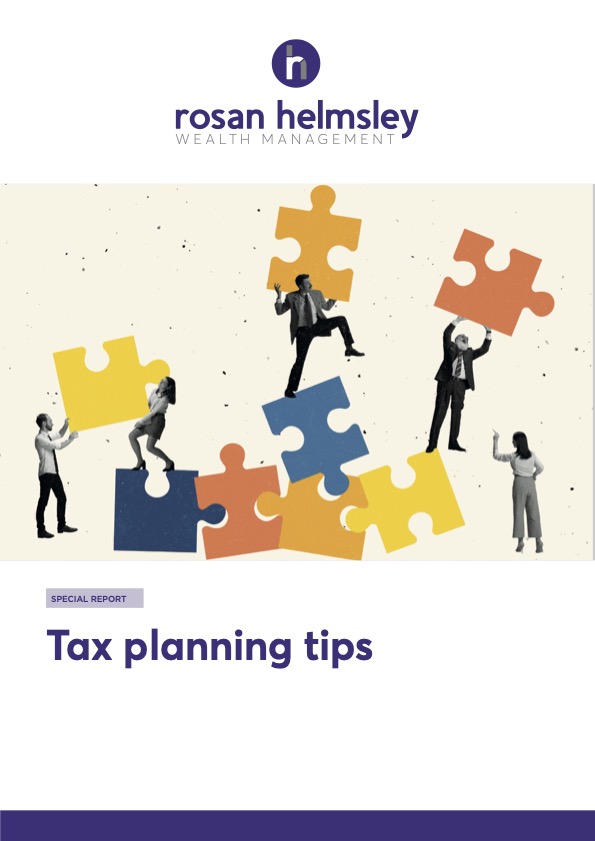Read tax planning tips, we do update this section quite regularly with updated information
The new tax year brought some good news for employees, with a second two percentage point reduction in the main rate of employee national insurance contributions (NICs) to 8%, with the main rate for the self- employed falling from 9% to 6%. There is also a welcome increase to the income threshold for liability to the high income child benefit tax charge.
The bad news is that personal tax allowances and income tax bands remain frozen until April 2028, and this will effectively raise taxes by the operation of inflation. Landlords are also being targeted with the removal in 2025 of the tax advantages associated with furnished holiday letting. Taxpayers in Scotland face a newly introduced advanced rate of 45% on non-savings and non-dividend income between £75,000 and £125,140 (5% higher than what is payable on equivalent income elsewhere in the UK), plus an increased top rate of 48%.
State pensions have risen by 8.5%, with other benefits seeing a 6.7% uplift. These increases now look quite generous given the average rate of inflation has fallen to just over 3%. Employee retention remains a key challenge for employers, so anything you can do to keep your employees happy will help your business.
This guide highlights 50 ways in which you can currently use certain tax reliefs to your advantage, and how to avoid some of the tax penalties. It can help you navigate the complexity of certain tax rules and create more tax- efficient plans.

